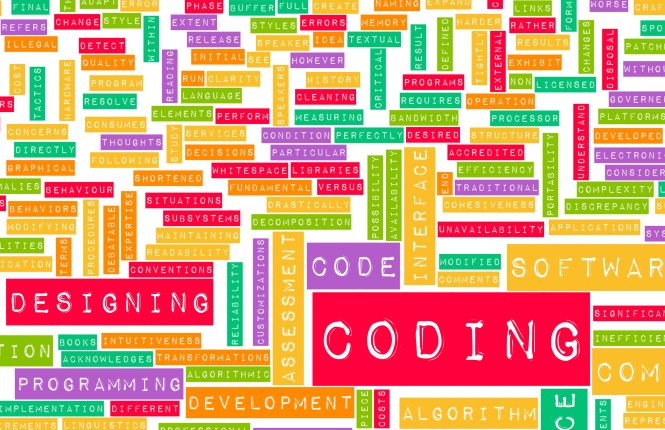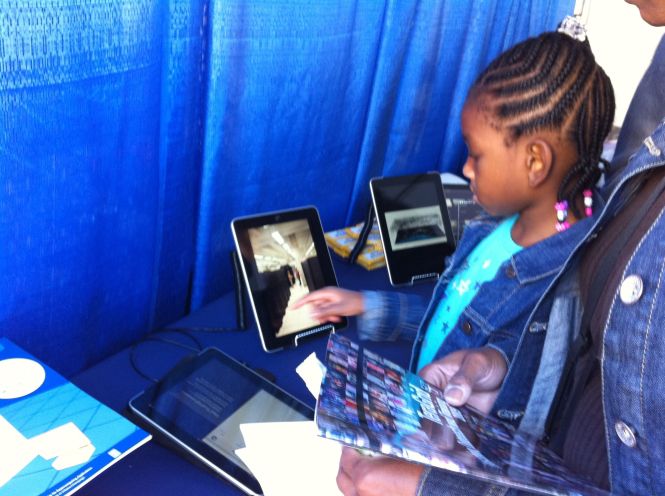There are many new ways to take field trips and many new ways to enrich the learning that takes place in the classroom or at home. There is a world of opportunity at your finger tips.No matter which holidays you celebrate there are resources on line.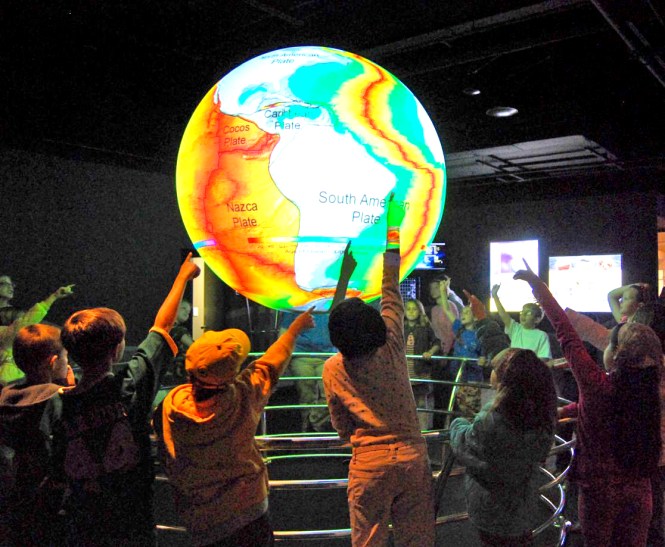
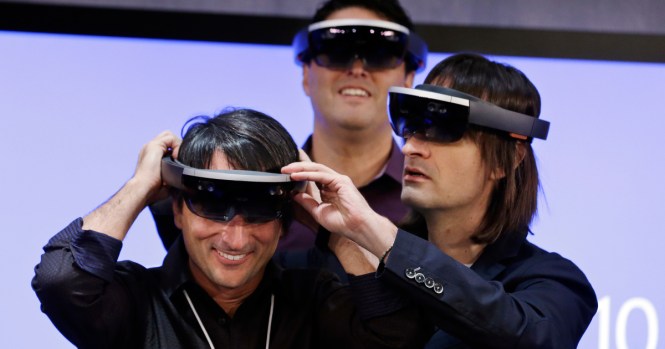 . In a round table discussion with people who are in charge of learning places, museums and outreach at the Center for Cyberlearning Conference a remarkable thing happened . We broke down the silos and talked face to face about how to involve students in learning in places that are not school. Transportation and time are issues. Teachers do not often know the offerings of the local museums nor interact with the people who staff workshops and outreach.
. In a round table discussion with people who are in charge of learning places, museums and outreach at the Center for Cyberlearning Conference a remarkable thing happened . We broke down the silos and talked face to face about how to involve students in learning in places that are not school. Transportation and time are issues. Teachers do not often know the offerings of the local museums nor interact with the people who staff workshops and outreach.
New technologies change what and how people learn. Informed by learning science, cyberlearning is the use of new technology to create effective new learning experiences that were never possible or practical before. The cyberlearning movement advances learning of important content by:
- Applying scientific insights about how people learn
- Leveraging emerging technologies
- Designing transformative learning activities
- Engaging teachers and other practitioners
- Measuring deeper learning outcomes
- Emphasizing continuous improvement
Sadly, lots of people are still mired in the difficulty of getting access, and the tools to use technology. We can’t allow people to stand still in technology as it advances on. We must broaden engagement by involving as many people as possible in the sciences of deeper learning and the technologies of the future. Museums, AI, VR and other tools help us to do this. Watch “What is CyberLearning?” to get an idea of what they are doing at the Center for Cyberlearning. And you can go to their website to learn more or to get engaged in Cyberlearning.
For another perspective on Cyberlearning go here.
We need to be Futuring..
I am writing about the future while many go into the past to teach students what we learned 20 years or more ago. That is why I have picked this topic on field trips to show the differences that technology can make and why we must equalize the opportunities for all.
At an ISTE conference we were introduced to Google Cardboard.
You can use Google Cardboard to take a virtual field trip. Say, to New York during the Holiday Season. MASHABLE shares this possibility with us .
“New York’s annual tradition of rolling out incredibly elaborate holiday-themed store window displays in December is as much a part of the city’s seasonal tourism as the Thanksgiving Day parade or celebrate Winter Holidays. “ Christmas in New York?
3D Panoramic Views
The experience is called Window Wonderland, with most of the displays offering an audio narrative from the window’s creative director. Along with narration, the windows offer 360-degree panoramic images as well as high-resolution galleries that essentially allow you to “walk” past the windows in much the same way as you might if you were actually in New York.
You won’t get to buy a NY hotdog, or a pretzel, or roasted Chestnuts, or feel the cold wind on your face.
SANTA?
For 12 years now, an entire generation of excited kids have spent Christmas Eve with their eyes glued to the computer watching Santa Claus circle the globe. Over the past few holiday seasons, Google has pulled out all the stops for an interactive holiday experience that runs from the start of the month until Christmas Eve. Google Santa Tracker is fun.It is a much better experience than the quick hit on the news that most people miss.
The Field Trip? Discovery shares regularly scheduled field trips here.
That is one kind of a field trip. Drones have also let us explore real places. Drones also change the Christmas experience in some places.
Drones? Here is information if you need it. click here

Virtual Christmas GIPHY’s? They are here. A lot of people share a lot of ideas that are virtual. http://blog.giphy.com/post/70205764276/holiday-gift-guide-giphys-picks-for-the-best
One of my unexpected Christmas gifts was that a child I taught made , actually drew her own card and printed it out to take home. Her mother shared it with her employer , a national hotel chain, and it was used as the card that the hotel mailed that year. Sometimes taking the time to introduce a child or adult to progtams that let them express their creativity brings wonderful rewards.

What is CyberLearning?
I live in Washington , DC near the mall, and am steps away from many learning opportunities. So are many students but when I briefly taught in Washington in my own neighborhood there were children who had never , ever been to a museum or a zoo or a learning place. All school systems have rules and management for actual field trips.When they match it is wonderful. Who goes to museums and why? Sometimes the cost, and the time of transport are a problem. But there are many new ways to access museums.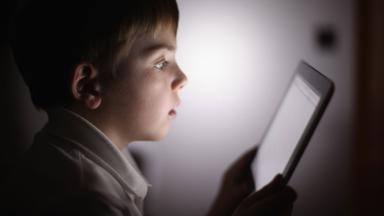
Here is a favorite of mine. It has actually been around for a while.
The Smithsonian http://3d.si.edu
They welcome educators with this message
Welcome educators to SIx3D! We are excited about the possibilities of using 3D objects—and the data sets that make them possible—for K-12 learning and believe that they offer an excellent opportunity to excite and engage students in a valuable, interdisciplinary education experience.
The SIx3D viewer offers students the ability to explore some of the Smithsonian’s most treasured objects with a level of control that has never been possible until now. We hope this revolutionary level of access to the Smithsonian collections will spark your students’ curiosity and that the exploration of these objects will enable them to build lifelong observation and critical thinking skills.
With few exceptions, SIx3D also offers access to these data sets. Hailed by many as the third industrial revolution, 3D technology is molding a new K-12 STEM model. Students can use the same tools as professionals to become creators themselves. Whether students are printing invaluable museum objects or inventions of their own design, we hope the chance to bring objects to life will give students the opportunity to create imaginative and innovative work.
To help you introduce 3D and its possibilities to your students, Smithsonian educators are working on new resources for K-12 classrooms. Click here to be kept up to date about new 3D related education resources. To access the page for educators and the places to sign in use this http://3d.si.edu/article/educators http://3d.si.edu/article/educators

You can connect to learning places, and museums in many different ways. There is also the Google Cultural Institute. It offers daily news, and a guide to cultural things around the world.
The Kennedy Center does programs for families, and for some families the most important thing is to know the possibilities. Nutcracker? Do you know the background of it/ and the music. It is here.

In Arlington , Virginia I was able to manage field trips, walks and use the Metro to extend my student’s learning in the real world. I had a principal who felt that museums were for all children and she created possibilities for teachers to take workshops, for parents to go on school busses on Saturdays. We did a community grant to do this. Parents and teachers volunteered to participate. It was a great success. Arlington has an outdoor lab facility. Teachers are and were trained to use it for class trips. You can be a community activist for the real field trips while arranging online resources as well.
When teaching in overseas schools, it depended on the location of the school and transportation. So virtual field trips work too, if they are managed correctly in that the content has meaning.
Ok, I cheat. I live near the Smithsonian Mall and love the real museum interaction. But the online is great. One last goody.. the Chemistry advent calendar for last year. It is awesome.

















